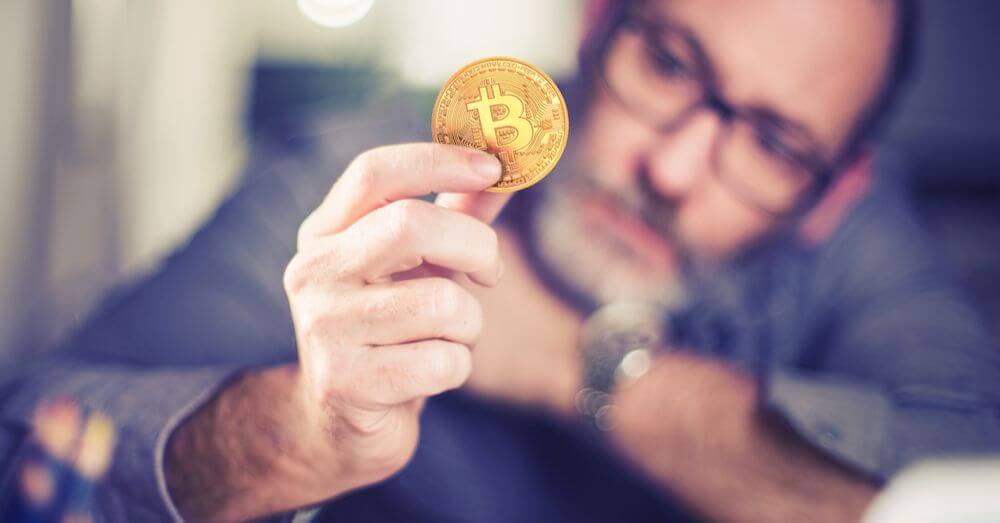
The convenience of using LN in transactions may forecast the eradication of altcoins in the future
The Bitcoin (BTC) Lightning Network (LN) is currently known as the world’s most popular cryptocurrency for faster and cheaper payments. Altcoins, such as Bitcoin Cash (BCH) and the Litecoin (LTC) have focused specifically on offering low transaction fees for smaller cryptocurrency payments; but the nuance to LN is that this functionality is enabled for the world’s most widely used liquid cryptocurrency. This removes the need to make an alternative cryptocurrency with a new token.
In January last year, Bitrefill reported that the LN had already managed to overtake all of the individual altcoins when it comes to providing payments.
Beyond this, however, Ethereum (ETH) experienced more growth in relation to other payment options on the platform. A breakdown of cryptocurrency payments as provided by the retailer were as follows:
- 80% on-chain BTC
- 7.5% ETC
- 4% Lightning Network
- 7.5% other altcoins such as LTC, dash, and dogecoin.
This data is a reflection of payments made by users that do not have refillable accounts on Bitrefill and where only bitcoin transactions that are on chain or Lightning are accepted.
The LN also has a similar standing on Bitkong, an online gambling platform. The breakdown of the payment options was as follows:
- 88% on-chain BTC
- 4% ETH
- 3% XRP
- 2% BTC via Lightning
- 2% DOGE
- 1% LTC
Other major players within the cryptocurrency industry have yet to cast their votes regarding the usage of the LN.
The LN was first mentioned in a white paper written by Joseph Poon and Thaddeus Dryja in 2015. It is another layer of technology available on the Bitcoin blockchain that allows users to create payment channels between two parties. Since this channel is between two people exclusively, the transactions are instantaneous and fees are incredibly affordable.
However, it is likely that the LN will remain an option for only small transactions. This is because it does not have a security system for itself; it only works on top of the blockchain. Larger transfers that need decentralized security are still most likely going to be performed on the original layer.

